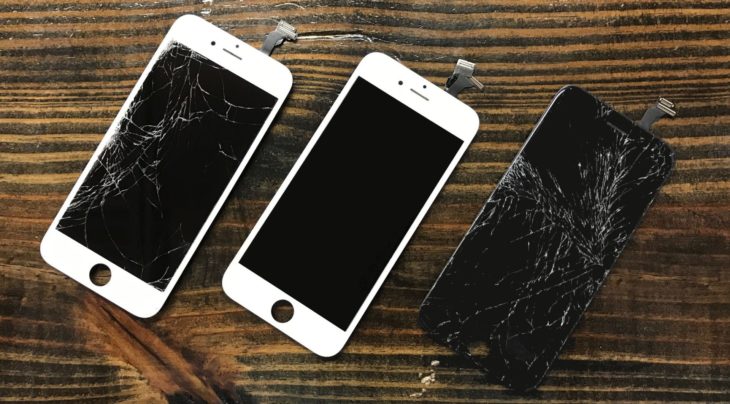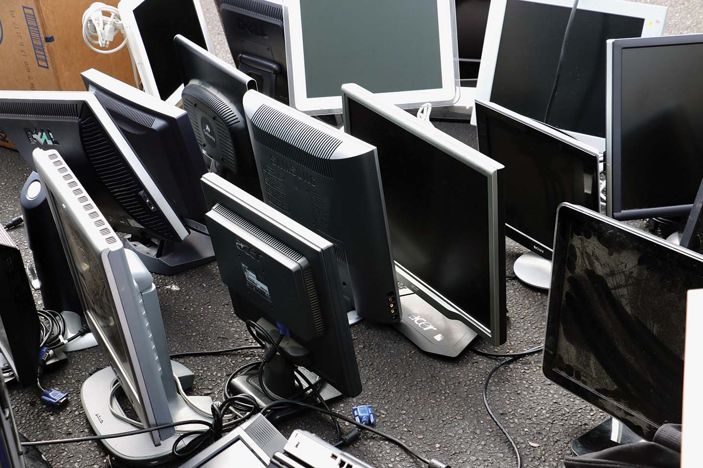As you know, technology evolves almost daily, which leads us to new and advanced devices which leave us wondering, why did we even think that the old devices were great. Last years smartphones, computers, laptops, and TVs that have LCD screens are now exchanged for improved models and a better LCD screen, hence upgrading and replacing your devices is important.
Contents
What happens when the device with LCD screens are thrown away?
Are you thinking about what you should do with your old devices that have a lifespan of 10 to 20 years that are now lying forgotten in the attic or in the box on top of your closet? You should recycle them, of course! LCDs have their own regulations when it comes to recycling, so in this article, you will be able to read about how you can recycle your old devices that have LCD screens.
LCD screens that were produced before 2009 use cold cathode fluorescent lamps (for short, CCFLs) in order to backlight the displays. These displays that contain CCFLs contain mercury, which makes them quite dangerous to dispose of. Other devices can also contain dangerous chemicals, such as brominated flame retardants, and heavy metals. What is dangerous about them is that these chemicals can leak out of the landfills and into streams, groundwater, and soil which pollutes them even further. Throwing these devices away can be quite dangerous and harmful. Even today, with all the advancements in technology, there are harmful materials and chemicals in the devices that can significantly damage the environment if they are not disposed of properly and most of the times, they are not.

Source: ReVolv
What to do with devices that are still working
Sometimes, we get a new device before the current one even needs to be replaced. That old TV that works, still shows the programs clearly, and there is not a scratch on it, but this new one, well it is bigger, it can be connected to the Internet, and it can be connected to your phone! According to LCDRecyclingOnline.com, instead of keeping the old device in the basement or attic, you can recycle it to store and companies that are in your area. These businesses will resell them to people who do not want or have the latest devices. This is more economically, environmentally, and morally friendly than simply throwing it away.
What to do with broken devices
There have been different researches into the best method of recycling LCD screens. Different companies have different processes, practices, and ideas of how it should be done. Some of the processes include removing the dangerous materials from the monitors or screens, other companies believe that completely taking apart a screen or device and seeing what can be repaired or resold, and then disposing of the remaining parts in an environmentally friendly way.
Almost 98 percent of all LCD monitors and screens can be recycled. The plastics are removed to be recycled into new products, the circuit boards can be removed from the recycling process to be smelted into valuable metals, while the cabling is stripped away to save the copper and other metals.

Source: Nature
Conclusion
Considering how often we buy new electronic devices, being informed about LCD recycling can make a huge difference. Not only because of the economic benefits but the environmental benefits as well. So, next time when you have a broken monitor or screen, or if you simply bought a new device, think about recycling your old devices instead of throwing it away.
